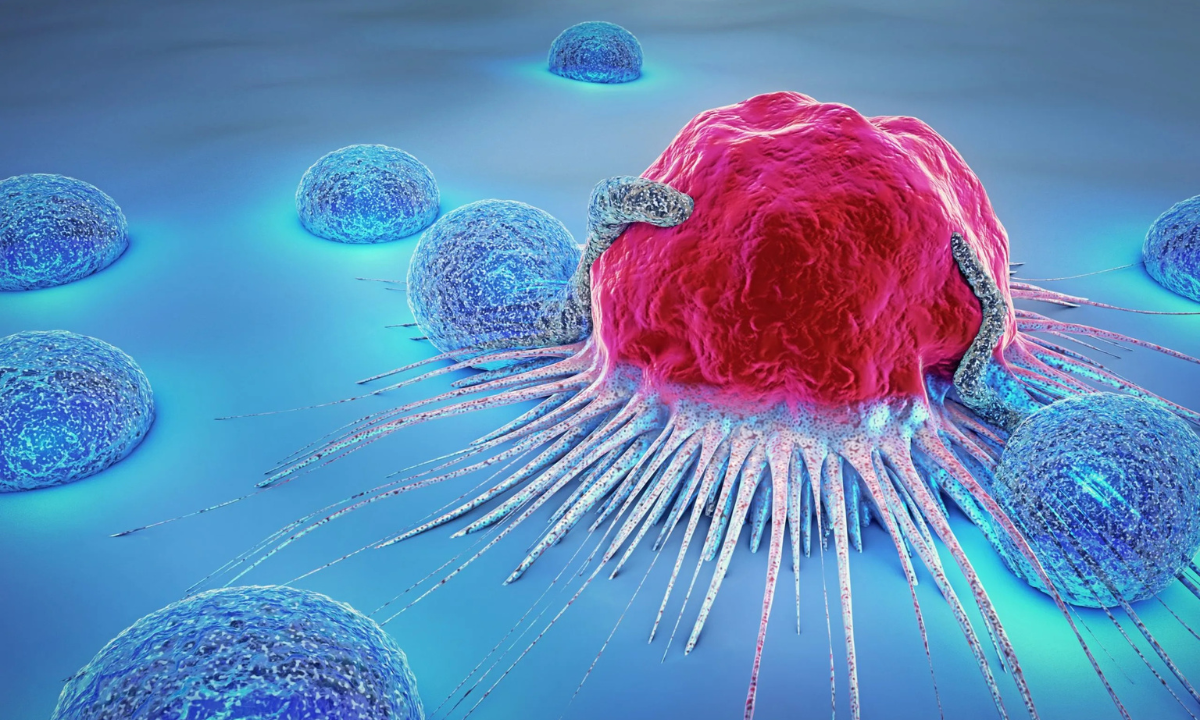How Does Cancer Spread?

Cancer usually originates when abnormal cells in the body start multiplying uncontrollably. These cells often gather to form a tumor, which may remain in one location or begin invading nearby tissues. While not all tumors are harmful, malignant ones can travel beyond their original site, leading to a process called metastasis. This ability to spread marks a critical difference between benign and cancerous growths.
Crossing Tissue Barriers
For cancer to move beyond its starting point, it must first penetrate the natural barriers of the tissue in which it developed. This is often made possible by changes in the cancer cells that allow them to detach from their original group. They release enzymes that weaken surrounding tissue, giving them the ability to push into neighboring areas. This local invasion is usually the first step in spreading.
Using the Body’s Circulation Routes
After moving beyond nearby tissues, cancer cells often enter the blood vessels or lymphatic channels. These transport systems allow cells to travel to distant organs. While the journey is harsh and many cells don’t survive, some manage to withstand the body’s defenses and continue on. These surviving cells can eventually find new areas in the body where they may take hold and grow again.
Establishing New Tumors
Once a cancer cell reaches a distant organ, it must adapt to the new environment. It may lie dormant for a time or begin to multiply quickly. In order to grow, these cells often signal the body to create new blood vessels that provide the nutrients they need. This process of forming new tumors in other parts of the body defines metastasis.
Conclusion
The spread of cancer is a complicated series of events that begins with local tissue invasion and can lead to the formation of new tumors far from where it started. Understanding how this happens is essential for improving detection, treatment, and ultimately, survival. With ongoing research, the future of managing metastatic cancer continues to move toward more precise and effective solutions.
